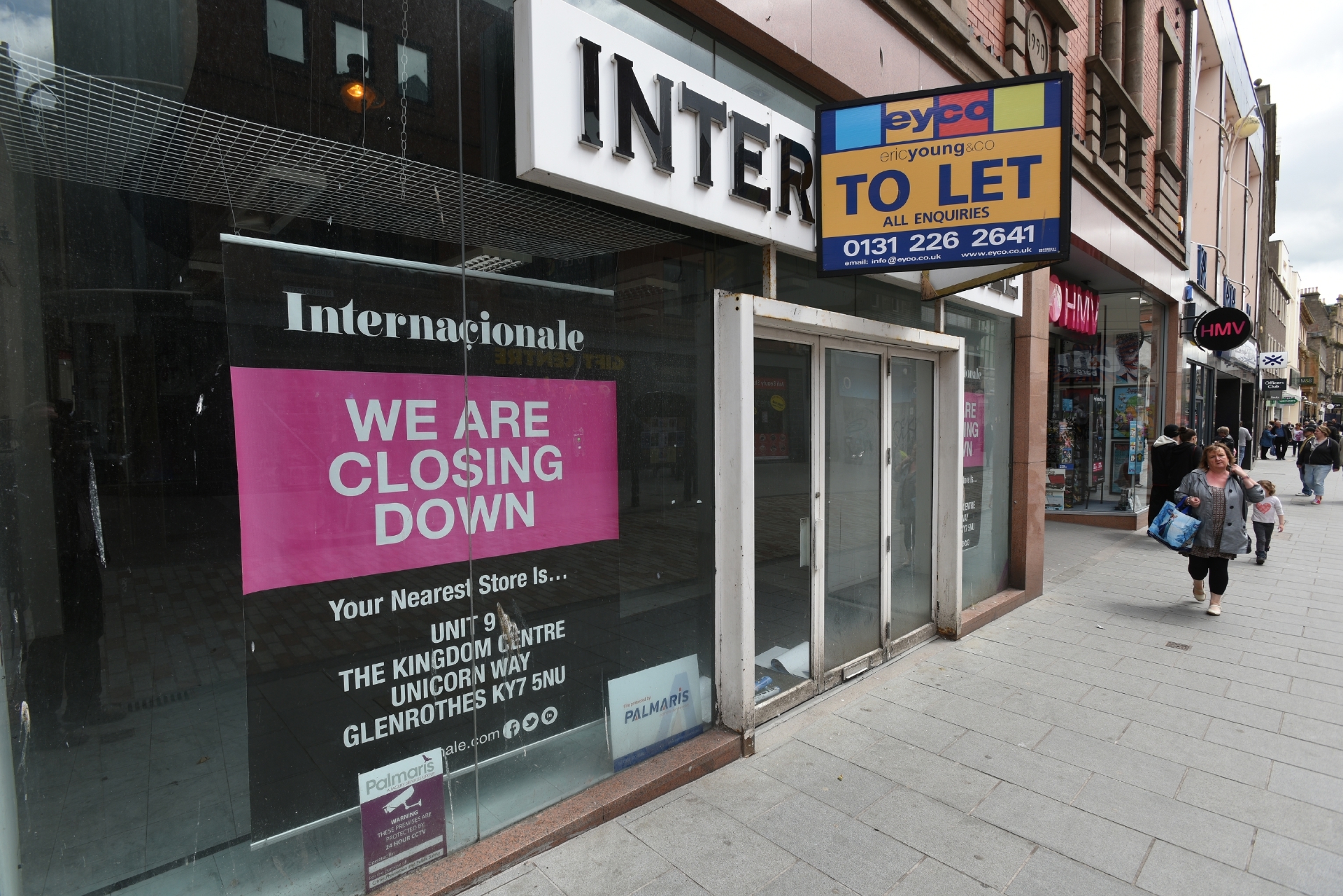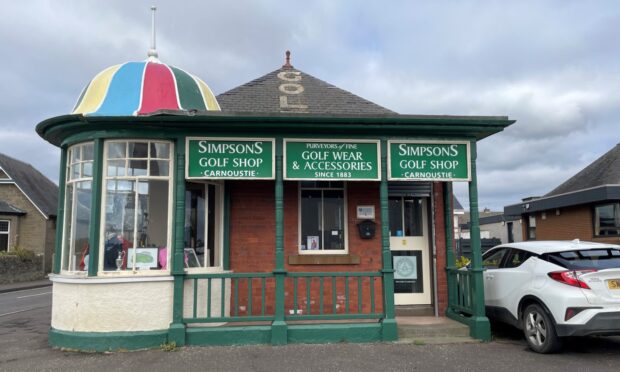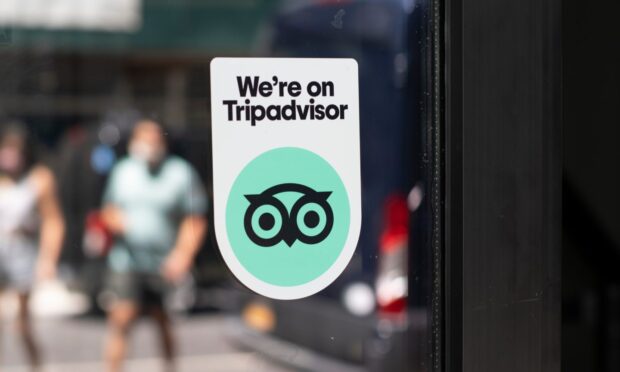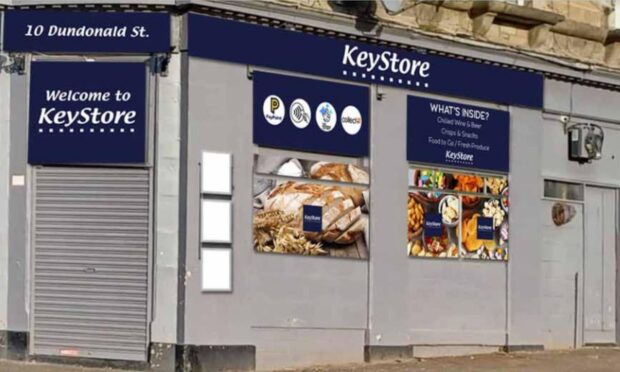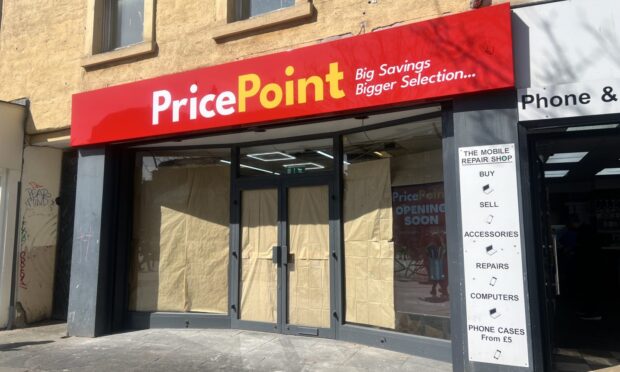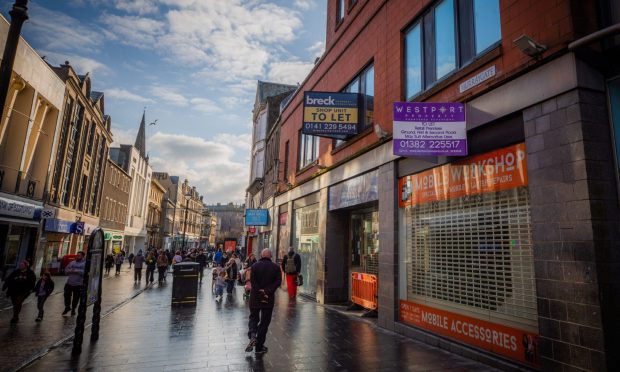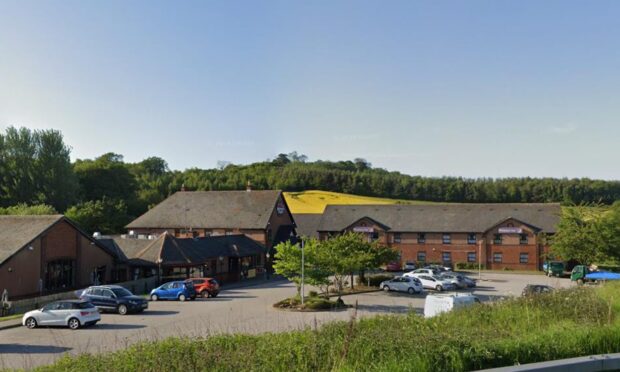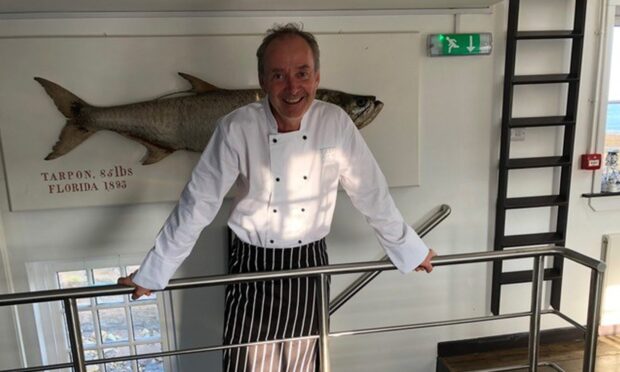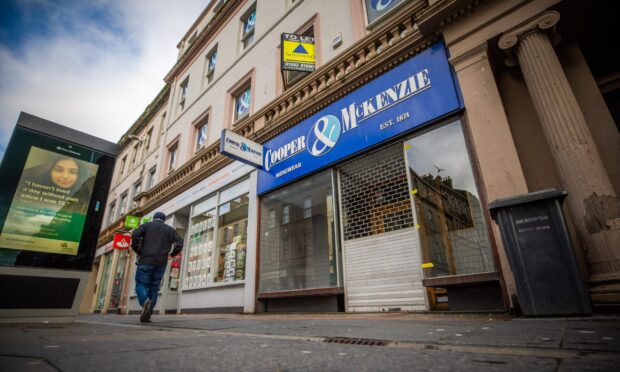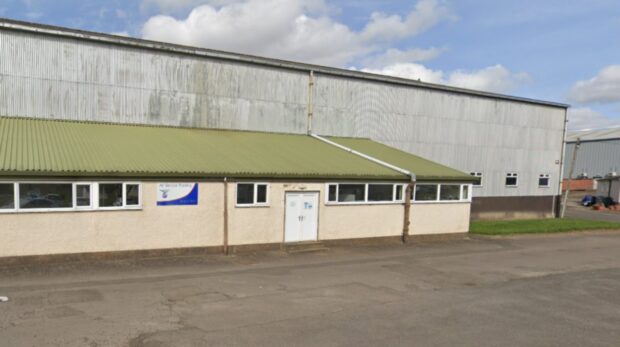If ever a city centre was in need of improvement it is Dundee.
The Overgate is thriving with around a million visitors a month attracted by its bright and lively atmosphere and variety of shops and restaurants.
But you don’t have to walk far to discover that the stock of consumer spending – the lifeblood of retail industry – is not nearly enough to keep the whole patient healthy.
There are many reasons for this – the less buoyant economy, online competition and operating expenses like business rates and the living wage adding to the costs of running bricks-and-mortar retail enterprises.
The outline of a white knight is appearing on the horizon in the shape of the stunning V&A Museum of Design to take pride of place on the £1 billion waterfront redevelopment.
It is hoped to attract thousands of visitors whose spending power would not just refloat the city centre’s floundering economy but set it sailing for a prosperous future.
Lofty targets have been set and it would be great if they are achieved.
There’s the promise of an even bigger boost from the Tay Cities Deal although detailed plans for that venture have yet to be revealed.
It is against this background that the idea of a Business Improvement District (BID) for Dundee city centre has been revived.
A BID is a defined area in which a levy is charged on all business rate payers, based on the size of the business, in addition to the business rates bill.
The money raised from the levies is used to develop urban projects to benefit the constituent businesses in conjunction with commitments from the local authority.
Scotland has more than 30 of them, including Crieff, St Andrews and Kirkcaldy; and Auchterarder, Broughty Ferry and Carnoustie are among the places in the BIDs pipeline.
BIDs can work very well if all parties can unite behind them and give them their full support.
That’s what didn’t happen in Dundee city centre two years ago.
A detailed scheme was hatched for the area inside Marketgait, consisting of 450 businesses, calculated to produce more than £1.5 million for initiatives to improve the trading environment.
It received enough support from individual members but not enough from big businesses who, by virtue of their higher rateable values, had the crucial say.
Neil Cooney, the promoter of the 2015 attempt, thinks the time is right to try again and is setting up a steering group of business representatives.
Their task is to produce a manageable proposal that can succeed where the previous version failed.
A successful BID is a noble ambition, but it was on ambition that the 2015 project probably failed.
It was too big, too demanding of its members to succeed.
They say good things come in small packages, and that may be a better approach to take this time around.
A more modest scheme perhaps focusing on the Murraygate/Cowgate area where the need for help is greatest might run into fewer obstacles from competing interests, and may have a better chance of success.
